What is strength and conditioning training?
Strength and conditioning training is a systemically organized form of communication between an individual (strength and conditioning coach) and an individual (client) or a strength and conditioning coach and a group (sports team or an informal group of exercisers). Strength and conditioning training is a process of interactive, i.e. mutually conditioned practical operationalization of planned training activities aimed at improving health, developing motor skills and changing the level of physical abilities of an individual or group. In this process, the strength and conditioning coach constructs trainings based on the methodical principles of conditioning training, which are the key determinants of the success of conditioning training.
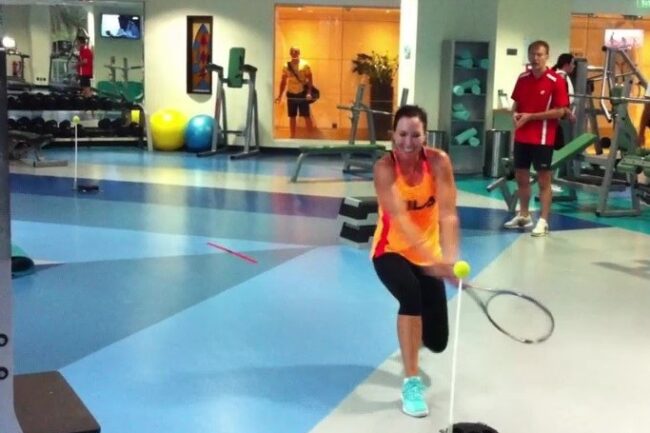
An integrated approach to performance improvement
A key part of a strength and conditioning coach’s job is to design and implement training programs that will enable athletes to perform at their best on the field. This task requires a detailed understanding of the motor, anatomical-physiological, psychological, technical, tactical aspects (of the game), as well as the individual characteristics and abilities of each athlete. In this work, an integral (comprehensive) approach to the strength and conditioning training of athletes is necessary, starting from determining the stages of development and assessing and monitoring the potential of athletes to planning long-term strategies and training dynamics. Analysis and synthesis of the structure of competitive activity, i.e. technical, tactical, psychological and physiological characteristics of the game are key to the realization of effective strength and conditioning training of athletes. Understanding all these aspects allows the coach to develop a holistic approach to training (active participation, cooperation, responsibility of both the athlete and the coach), which will help athletes reach their full potential.
Determining the stages of development and the preparation period
Strength an conditioning training begins with a detailed analysis of the stages of development of the athlete. Different age groups require different approaches to training. Younger athletes go through the phases of pre-education, education, pre-training and training, while older athletes focus on the so-called post-training. Accordingly, the periods of preparation vary, starting from basic (general) skills at a younger age, through focused and specific, all the way to competitive and tactically saturated exercises in professional athletes.
Determining individual characteristics and abilities
Each athlete is unique, with their own specific set of skills and abilities. Testing athletes is crucial to determine their speed, strength, agility, endurance, and other key motor skills. Based on the results of the tests, a personalized training plan can be developed that will best suit the needs and goals of each athlete.
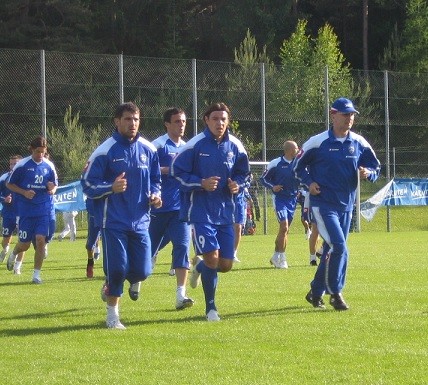
Determining the volume and intensity of training
The volume and intensity of training are planned within microcycles and mesocycles in order to achieve an optimal ratio between load and recovery. Each workout is carefully structured to achieve the target focus, which is to fit the volume and intensity of conditioning training into the athlete’s overall load, both daily and microcycle.
This is achieved by daily monitoring and analysis of the load of the athlete in his basic club training, and the application of additional adequate loads, which are compatible with them. Continuously monitoring your progress and adjusting your training is key to achieving maximum results.
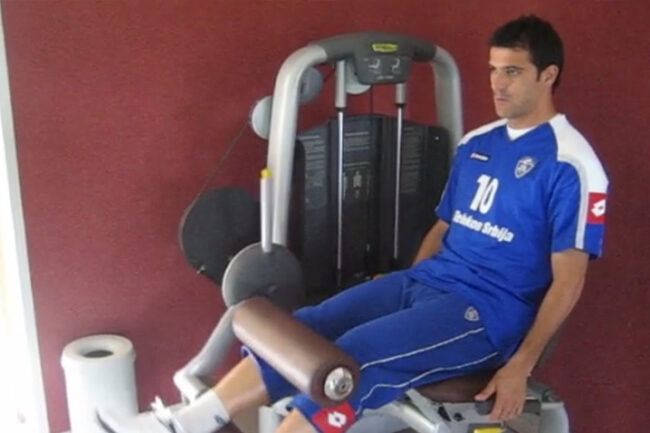
Determination of goals, tasks, methods and training tool
Any strength and conditioning program must have clearly defined goals and objectives that will help athletes achieve the desired results. The methods and means of training are selected in accordance with the goals set and the individual needs of the athlete. This can include different types of exercises, such as strength, force, speed, endurance, agility, coordination (dexterity and agility), and flexibility.
Harmonization of specific (technical-tactical) and strength and conditioning trainings
Strength and conditioning training must be aligned with specific sports training in order to maximize efficiency and transfer of general motor skills to specific (functional), i.e. those that will be carried out in the field. The integration of strength and conditioning exercises into specific sports training allows athletes to develop the specific skills they need during competitions (matches).
Assessing the development and potential of athletes
Through systematic monitoring of athletes’ progress and evaluating their play or performance, a coach can identify the strengths and weaknesses of each athlete and direct training to strengthen areas that are lagging behind. It is also important to continuously monitor, assess the potential of the athlete and adjust development plans in accordance with their progress.
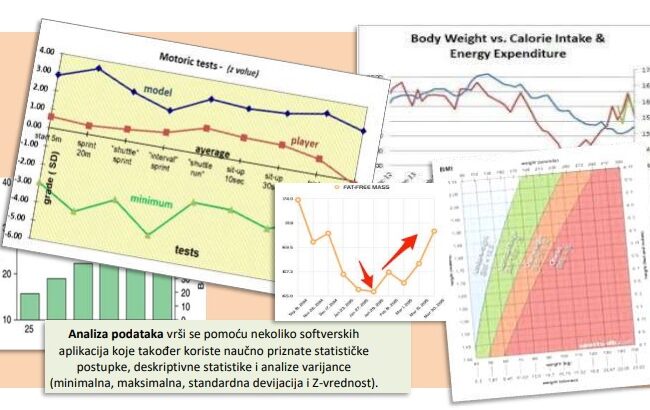
Long-term plan for the strategy and dynamics of athlete development
Finally, a long-term plan of strategy and dynamics of an athlete’s development are key to achieving lasting results. Development plans must be flexible and adaptable to respond to changes in the needs and abilities of the athlete over time.
Individual training plan
An individual training plan for each athlete must be carefully designed to achieve maximum effect. This includes everything from the use of state-of-the-art training methods and telemetry equipment to recovery and support systems such as massage, nutrition, and psychological support. Every detail is carefully planned and adjusted to ensure that every athlete reaches their full potential.
An athlete’s conditioning requires an integrated and holistic approach that takes into account all aspects of the game and their individual needs. Only through careful planning, monitoring and adaptation can it be ensured that athletes achieve peak performance on the field and achieve their sporting goals.
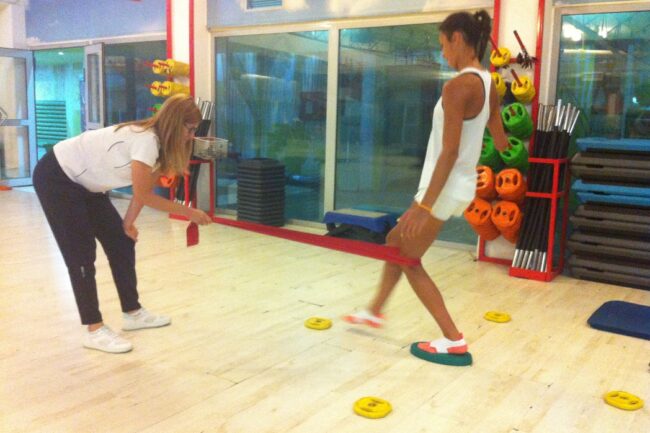
Factors of creating and practical implementation of strength and conditioning training
For each sport, it is necessary to create a strength and conditioning program taking into account its specificity and many specifics, that is, it is necessary to recognize, distinguish and develop those specific factors that will contribute the most to success in that sport.
What determines individual strength and conditioning training is that the strength and conditioning coach applies his creative ability to create and design training programs. A crucially important approach to the analysis of the intensity and capacity of the manifestation of general and specific motor skills is crucially important in relation to:
- gender of athlete
- sexual conditioning is the application of the level of manifested force, strength, as well as other motor skills, most often from the aspect of morphological and psychological characteristics.
- age
- determination of strength and conditioning training and manifestation of motor skills adapted to the characteristics of growth and development of young athletes, especially in intervals of increased growth and development (Ožgud-Schlater syndrome, Apophysitis of the calcaneus, etc.)
- health status
- on the conditionality of the method of strength and conditioning training in relation to the current health status of the athlete, especially after the period of recovery and convalescence from injuries
- competition category
- the dependence of the applied training loads, most often in relation to the metabolic requirements of the game and the experience of the athlete (deficit of heart attack volume capacity in relation to the present muscle mass, reduced lactate tolerance in young people, intensity of neuromuscular efforts, etc.)
- preparation period
- conditionality of the application of training loads in relation to the current periodization of the competition (mandatory active monitoring of supercompensation of various energy recovery systems after training effort)
- position in the team
- determination of the application of the scope of specific training loads in relation to the place and role of the athlete in the team (adjustment of training loads in relation to specific requirements in the game – number of jumps, quality and quantity of running, etc.)
- transfer of capabilities (adequate transfer of the latte capacity of motor skills to manifest i.e. functional specific abilities in the game)
- conditionality of the nature of the applied conditioning exercises in relation to their character and direction, i.e. the justification of the current application of exercises of general, directed, specific and competitive type in relation to age, level of preparation, period of preparation, skill, competitive level of the athlete, etc.)
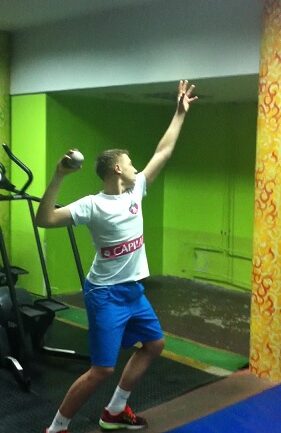
- the competitive structure of the sport, game or discipline: (necessary analysis of manifest trends from the point of view of their structure)
- time organization of play and movement
- the duration of the game and individual offensive or defensive actions, individual individual specific movements, the level of required speed of movement (optimal, maximum, arbitrary, directed), timing analysis (matching speeds) in specific technical elements as well as in each individual movement, time exposure of all types of effort in the game, time pressure in the game, etc.
- spatial organization of play and movement
- dimensions of the field and certain restricted areas, dimensions and shape of specific zones of action of individual players in attack or defense, length of distances run in defense or attack, etc.
- intensity organization of play and movement
- analysis of all types of stresses from the point of:
- motor skills (required force, strength, speed, endurance, coordination and other motor skills)
- the amount of movement according to the position of each player (number of jumps, sprints, meters run, etc.)
- quality of movement according to the position of each player (type of rebounds – offensive vs. defensive, amplitude of movement – changes in direction and direction of movement, curved movements, linear movements, handicap of movement, etc.)
- analysis of all types of stresses from the point of:
- complex organization of play and movement
- analysis of the complexity of the game from the point of:
- structural complexity (either by the number of actions or by their complexity)
- motor skills (in relation to the required motor skills)
- tactical complexity (in relation to individual and group tactical models of movement – counterattacks, transitions from defense to attack and vice versa, etc.)
- analysis of the complexity of the game from the point of:
- kinesthetic organization of play and movement
- analysis of perceptual possibilities and kinesthetic sensations in relation to:
- feeling for the prop, contact with it, as well as its movement (ball – speed of the throw, cushioning of the incoming ball, etc.)
- feeling for players, contact with them, as well as their movement (player – feeling the presence of opposing players through offensive and defensive allowed contacts – building, pushing, protection in the block, etc.)
- analysis of perceptual possibilities and kinesthetic sensations in relation to:
- time organization of play and movement
- the psychological structure of the sport, game or discipline:
- analysis of motor requirements from the aspect of the quality of connection and inseparability of motor and psychological capacities of an athlete in relation to his:
- cognitive abilities
- the determining effect of the intellect on the manifestation of motor skills (understanding of the game, movement, importance, place and role of motor skills that the athlete trains, etc.)
- conative abilities
- determining the effect of athlete motivation on the manifestation of motor skills (optimization of the need for one’s own motivation in relation to the type of motor manifestation – (too) low – optimal – (too) high, etc.)
- affective abilities
- determining effect of the affective states of the athlete on the manifestation of motor skills (self-correction and self-regulation of affective states in a competitive situation – anger, anger, defiance, spite, stubbornness, etc.)
- cognitive abilities
- analysis of motor requirements from the aspect of the quality of connection and inseparability of motor and psychological capacities of an athlete in relation to his:
